Biofabricating Dyes & Materials
For week 5, we talked about the textile industry and pollution, which the textile industy is one of the biggest pollutants (second biggest) in the world. The techniques used in textiles are an environmetnally disastrous process and chemicals are spread in water and air dude to the demands of the industry and concsumers.
In this class, we focus on showing and exploring material and color alternatives to the current, more dangerous dyes and materials used. Ranging from natural dyes, pigments, and materials.
The students can work in a group, identifying tasks, and splitting them, as long as they all proof they are able to carry out each task.
BioFabricating Dyes

Research
I wanted to use the dyes that are available in my kitchen because I wasn't able to work in the group for the dyes but I did for the biomaterials
Red Onion Skin Dye
Red onion skins create a range of colors.It depends on the material, such as wool and silk dying brown or cotton dying pink.

Orange Peel Dye
Orange and Lemon Peels can be used to make a soft pale yellow dye.
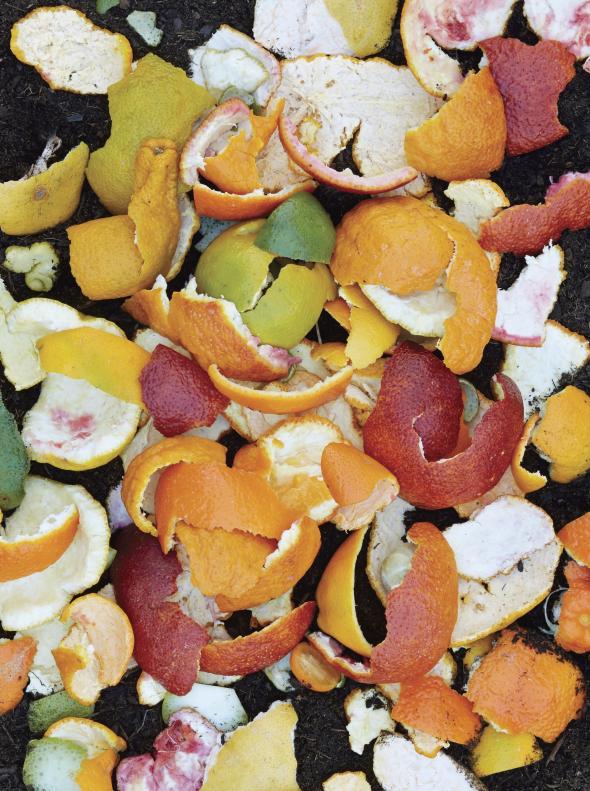
Materials
Red Onion and Orange Peel Dyes
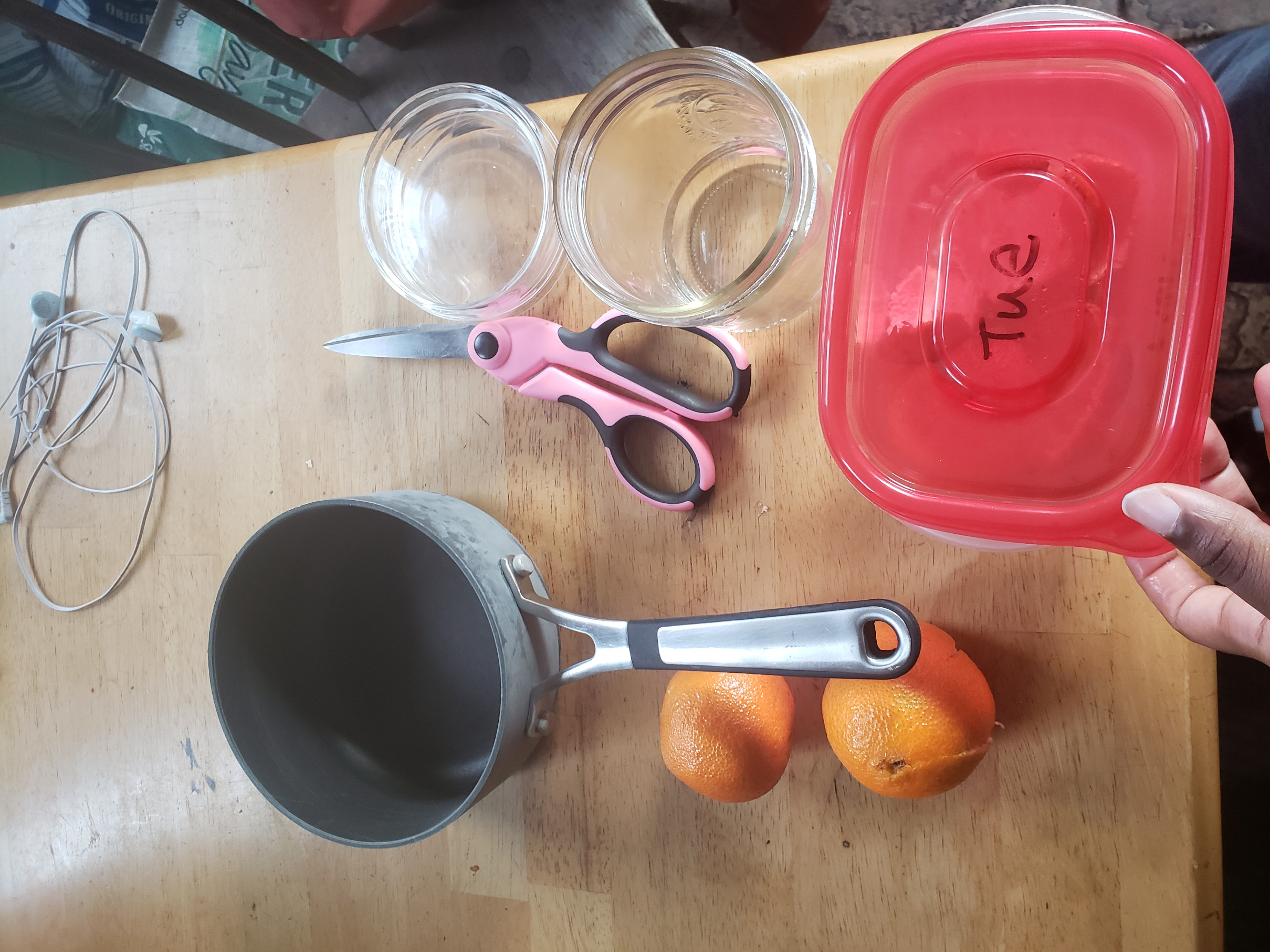
- White Lycra
- Red Onion Skins, Orange Peels
- Water
- Strainer (I used a Pasta Strainer)
- Scissors
- Pot
Procedures
- Gather the Materials.
- Put your materials(onion skins, orange peels) into the pot.
- Fill the pot with water. Make sure their is enough water that materials can move around.
- Boil the materials and water mix. Cover the pot.
- Stir in the water and wait for an 30min-1 hour until you see the water color change.
- Remove the materials from the solution using a strainer.
- Put the solution back into the pot.
- Put the fabric into the solution.
- Boil the dye with the fabric inside.
- Wait for the fabric to dye for about an hour.
- Afterward, take the fabric out of the solution and put it on a plate.
- Wait for the fabric to cool down and dry.
Results
The results were successful. I was able to dye the fabric with orange peels. The Orange Peel turned the lycra yellow and the Red Onion Skin turned the lycra brown and purple. I would've kept the orange peel longer so that it could be a deeper yellow.

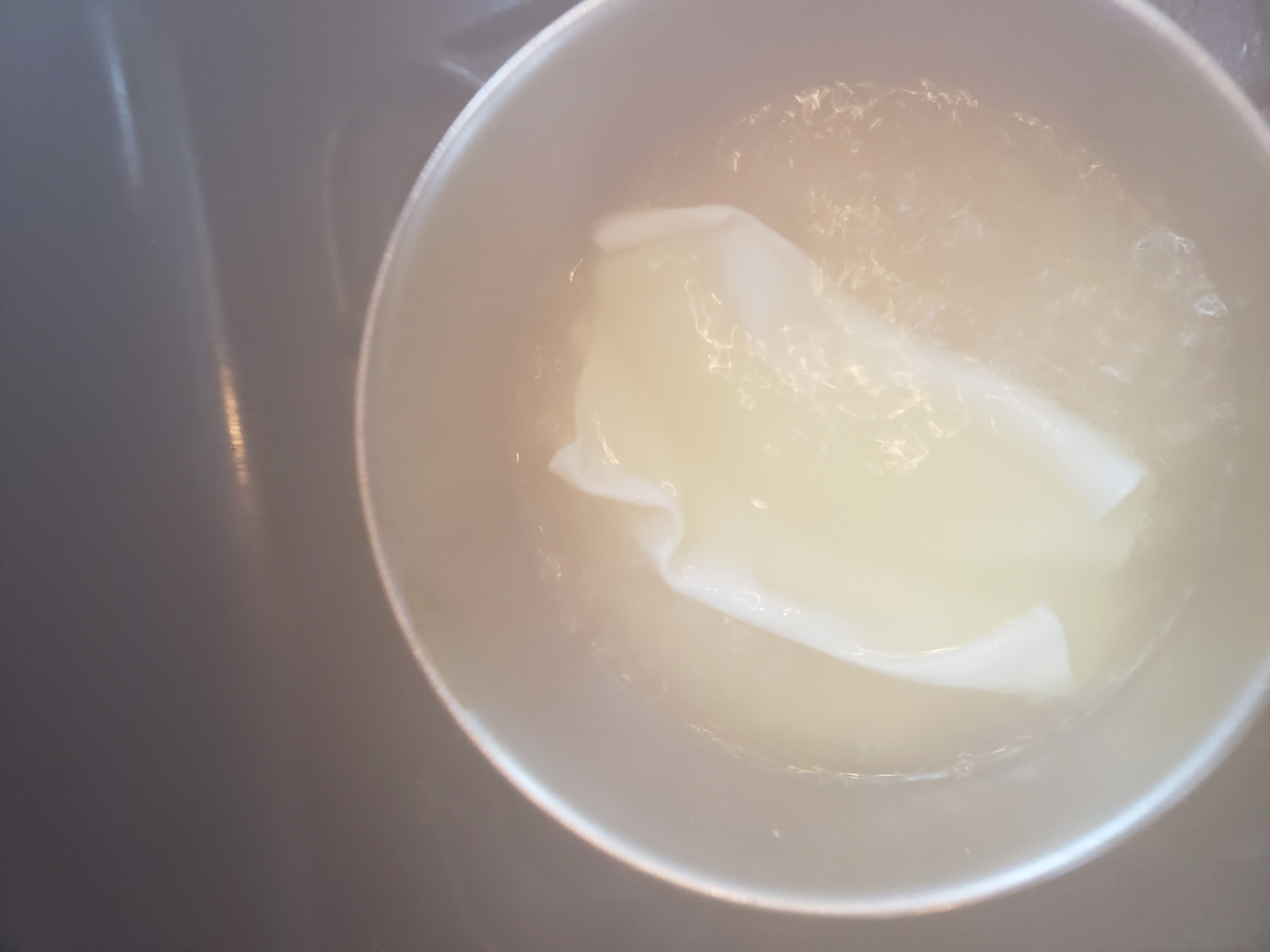

Bioplastics
Bioplastics are plastics derived from renewable biomass sources, such as vegetable fats and oils, corn starch, straw, woodchips, food waste, etc.
Bioplastic can be made from agricultural by-products and also from used plastic bottles and other containers using microorganisms. They are better for the environment onloadedmetadata and it allows for you to not be so wasteful for materials.
Materials
Bioplastics with Orange Dyes
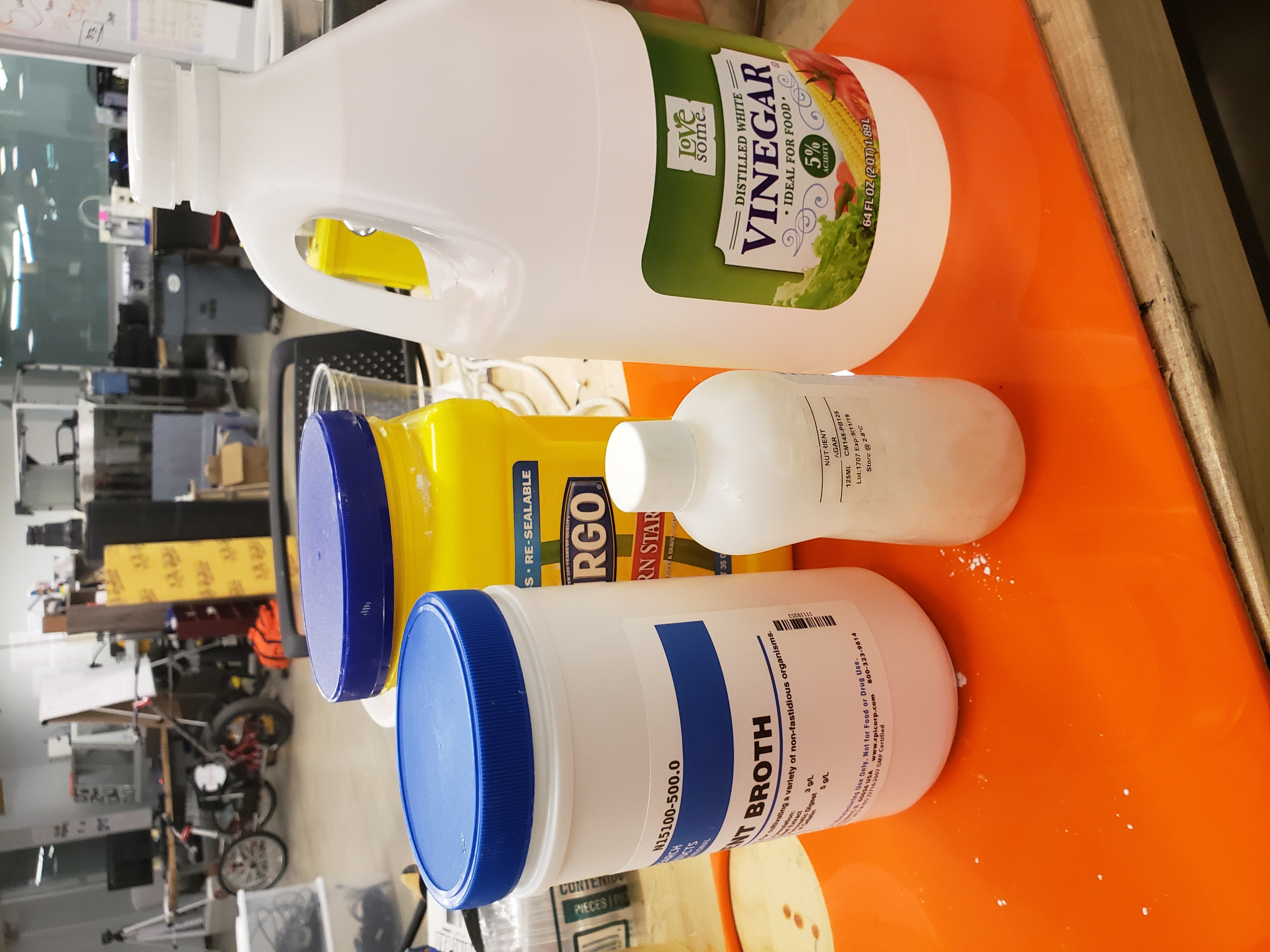
- Agar
- Pork Broth Mix
- Orange Dye
- Vinegar
- Cornstarch
- Spoon
- Pot
Procedures
- Gather the Materials.
- Heat saucepan on medium-low.
- Mix your materials in a saucepan and stir together.
- Stir ingredients in a saucepan.
- Mixed the dye with the mixture.
- When done mixing, pour mixture onto foil on parchment paper.
- You can also put it into a mold.
- Remove the materials from the solution using a strainer.
- Allow the plastic to dry for at least two days.
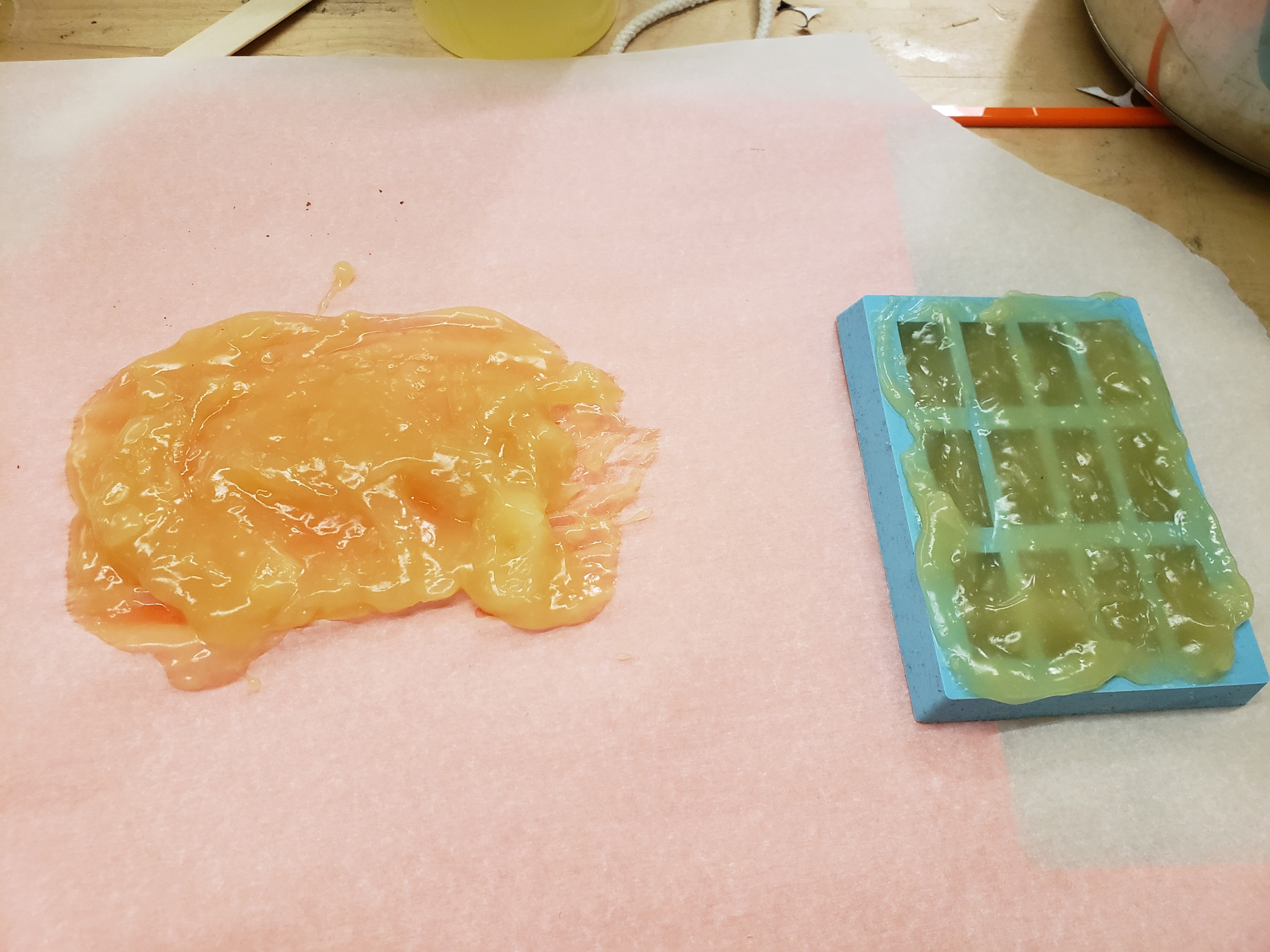
Results
The results was somewhat successful. However, I don't think I got the best out of my bioplastics. I made adjustments with the materials and I don't think I received the best results without glycerine. The mold however was a good idea to display the bioplastic.

